My 2 Favorite Exercises for Functional Strength
There are literally thousands of exercises out there that you could choose to do. Yet, so many of the exercises I see performed in the gym or on YouTube have little transferability to sport or real life situations.
On the other side of the spectrum, there are also some exercises that not only have great bang-for-your-buck but also help you develop functional strength.
Yes, the squat, lunge, deadlift, pull-up and chest press are functional exercises. However, sometimes all you need is a 2-exercise circuit to get all of the benefits you need.
My 2 favorite exercises for Functional Strength are the Kettlebell Swing and the KB Turkish Get-Up.
The Kettlebell Swing
The KB Swing is an explosive posterior chain exercise. It places a high demand on your core, requiring you to maintain a stiff trunk throughout the movement. It also requires you to seamlessly translate stiffness between your upper and lower body, as you transition throughout the swing.
Versatility: Explosive Power vs Endurance
Because of the versatility of the KB Swing, you can use it for developing explosive power or endurance depending on the weight and rep range. If you want to develop explosive strength, pick a heavier bell and perform sets of 10-15 swings with sufficient rest in between. To develop endurance, pick a moderate weight and perform sets of 50-100 swings.
Core Control
As mentioned above, when doing a kettlebell swing you need to be able to keep your core tight, preventing you from bending forward or backward. This range of motion happens in what is known as the Sagittal Plane (imagine drawing a line from head to the floor that splits your body into a right and left half). Stability in the sagittal plane is important to performance.
If you truly want to take full advantage of the KB Swing you should also perform 1-Arm KB Swings. The 1-Arm KB Swing requires a different kind of stability, and that is Rotary Stability. While both Sagittal Plane and Rotary Stability are important, improving your Rotary Stability is going to have an almost immediate effect on your performance.
How to Perform the KB Swing
- Stand in a parallel stance, feet shoulder width apart, with the kettlebell between your feet and close to your heels
- While keeping a stiff torso (i.e. keeping your back flat), hinge down and grip the kettlebell
- Pull straight up while pushing your hips forwards. The only contribution that should come from the arms is gripping the kettlebell. Your shoulders will act as a swivel point for the KB to swing from.
- When you stand up, the KB should naturally lift up and start to swing forward until it is "weightless" in front of your shoulders or chest. At this point, you should be standing tall with your hips open.
- Let the kettlebell swing back down, being patient not to pitch forward until the KB is as close as possible to your body.
- Use your hips to act as a spring, loading up progressively as you pitch forward and then applying force and reversing the movement.
- Repeat for repetitions
The KB Turkish Get-Up (TGU)
There is no exercise more humbling than the TGU. If looks fairly easy, and yet when you go to perform it, reality sets up. For weight, I recommend starting with the Kettlebell you use for endurance KB Swings. Men can usually start with 16kg, and most women can start with 12kg.
Develops Athleticism
The TGU has many components to it, each with its' own physical demands. As you perform the get-up, you go through a press, a rotation, a hinge, and a lunge. Because if requires you to perform so many of the archetypal movements, the TGU is going to develop your athleticism as a whole. You will be limited by your weakest movement in the sequence, giving you something to break-down and work on later.
Diagnosing Dysfunction
As mentioned, the TGU hits many different movements. This makes it a great tool for assessing your mechanics and body control. You may also notice a large discrepancy between right and left sides. This is not abnormal, but it is important to limit yourself to what your weaker side can do, rather than pace yourself with your strong side.
How to Perform the TGU
Note 1: Instructions are for a right sided TGU. Simply substitute sides to perform the left.
Note 2: Keep your eyes on the weight until you have reached the half-kneeling/lunge position.
- Start in the fetal position on your side and use your body weight to lift the weight into the bottom of a Floor Press position with your right hand. Keep your forearm vertical and perpendicular with the floor.
- Bend your right knee (~45 degrees), while the left arm and leg remain straight.
- Start by pressing the weight until it is over your shoulder.
- Peel your shoulders off the ground, towards your opposite hip (starting with your right shoulder), until you are propped up on your left elbow,
- Keep reaching your right knuckles up to the sky as you peel your left forearm off of the ground.
- Pressing through your right heel, side-bridge up until your body is straight.
- Draw your left knee underneath your hip, into a lunge position.
- Reposition your lunge to face forward. Stand up with the weight overhead.
- Reverse the sequence until you have reached your starting position.
Use these two exercises as your main lifts, warm-ups or just as accessory work and you will notice some huge improvements.
-Mark
B.Kin, Canadian Society of Exercise Physiology

